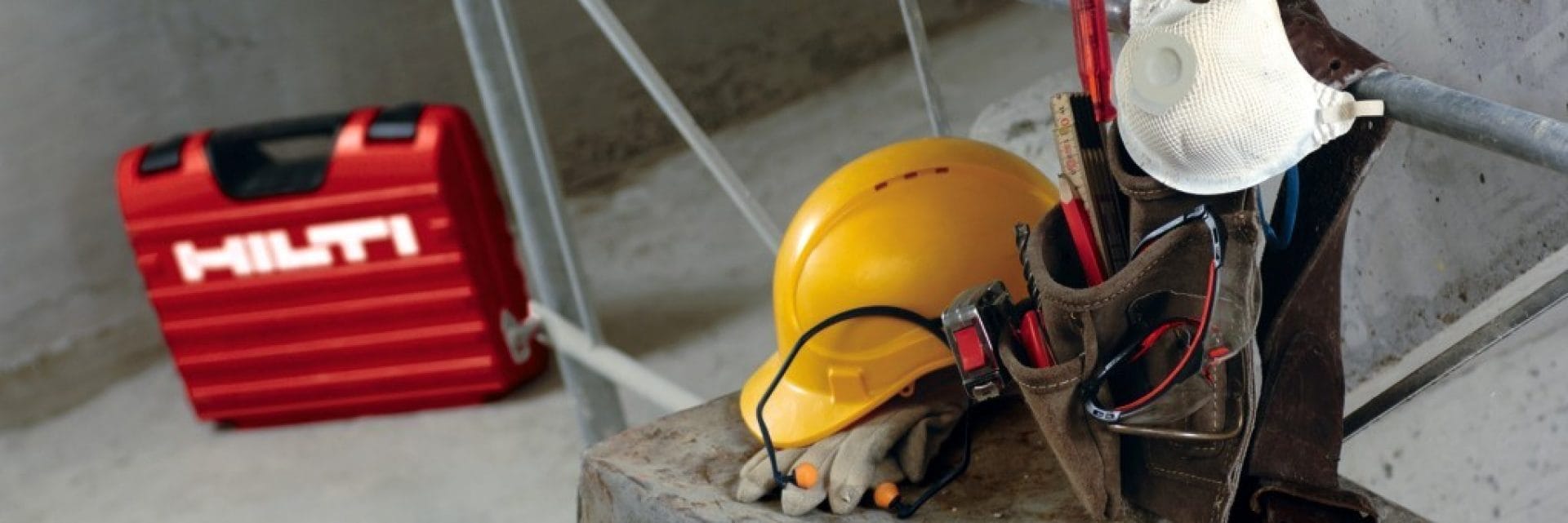- Home
- Solutions
- News and Events
- Hilti Blog
- Why you should invest in health and safety
Why you should invest in health & safety

Burns, broken bones, electrocution, respiratory diseases, musculoskeletal disorders... these are just a small sample of illnesses and injuries that can occur on construction sites. Whether you're working at height, with generators, power tools, machinery or electrical wiring, you're never immune from the risks.
Although the majority of people working in construction care about health and safety and are diligent in their work, the industry remains one of the most dangerous to work in. Faulty equipment, human error, poor organisational structures and unsafe work environment are some of the reasons why accidents and fatalities are disproportionately high in this sector.
In this blog, we'll explore why you should prioritise health and safety, as well as the importance of investing in Occupational Health & Safety.
WHY YOU SHOULD PRIORITISE HEALTH & SAFETY
In addition to the obvious impact on the injured worker, a poor health and safety record can have other negative consequences: productivity losses, financial implications and reputational damage to the company. Let's look at these in list form:
- Absence of the injured worker
- Interruptions in the production process
- Re-organisation and/or renewal of work
- Replacement of damaged material/equipment
- Loss of orders/clients
- Administrative effort around accident case analysis
- Recruitment and additional pay for temporary staff
- Increased insurance premiums
There's also a number of non-tangible consequences of poor health and safety, that affect injured workers, work colleagues and the company overall:
- For the injured worker: personal impact of the injury
- For work colleagues: distress, job dissatisfaction and worries over safety
- For the company: reputation and working climate hampered
Statistics
of work-related ill health
based in the UK each year
of all ill-health cases
were musculoskeletal disorders
more work-related illnesses
reported in construction than any other industry
estimated cost
of workplace injuries
Occupational Health & Safety
The Austrian Workers’ Compensation Board found that an accident in construction costs around £26,000 on average. However, putting all financial implications aside, can we put a price tag on a person’s health? A moral and decent employer should want their employees to arrive home safely after a day at work, and to retire in full health.
To improve the health and safety performance of your company, you should consider investing in Occupational Health & Safety (OHS) management. By doing so, you'll be taking active steps in managing occupational risks.
Here's a summary from the International Labor Organization on the success factors of OHS:
- Implementation of preventive and protective measures is carried out in an efficient and coherent manner
- Relevant policies are established
- Commitments are made
- Hazards and risks at workplaces are assessed and considered
- Management and workers are involved in the process
By investing in Occupational Health & Safety, your business could significantly reduce the number of accidents and injuries on-site, which in turn will save you money, boost productivity and keep your company's reputation in tact
